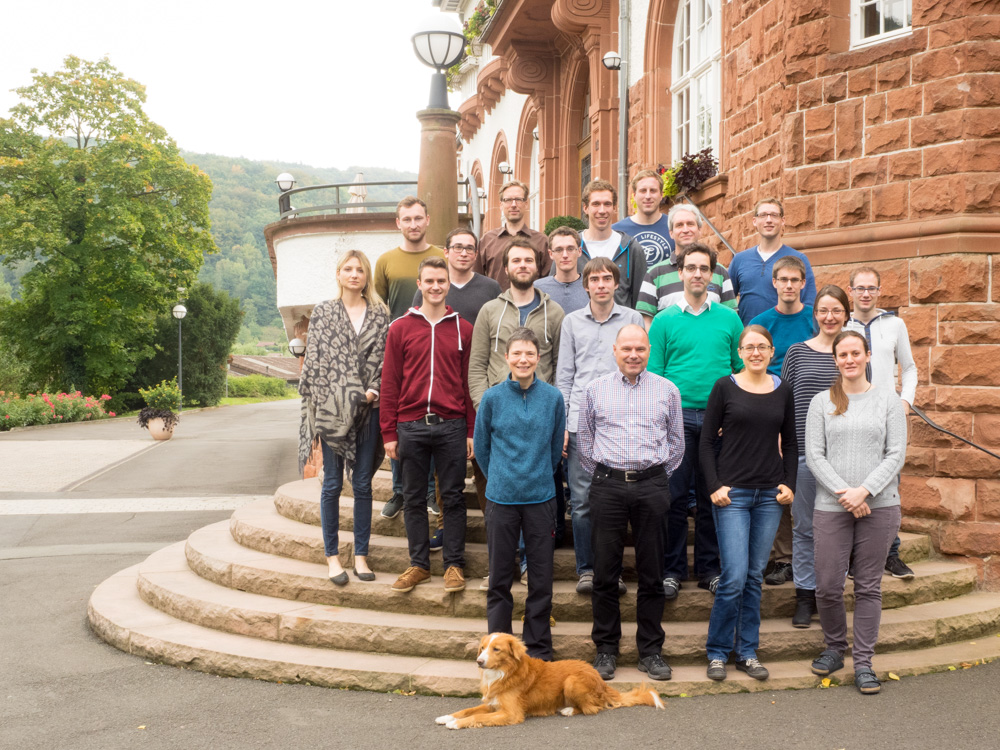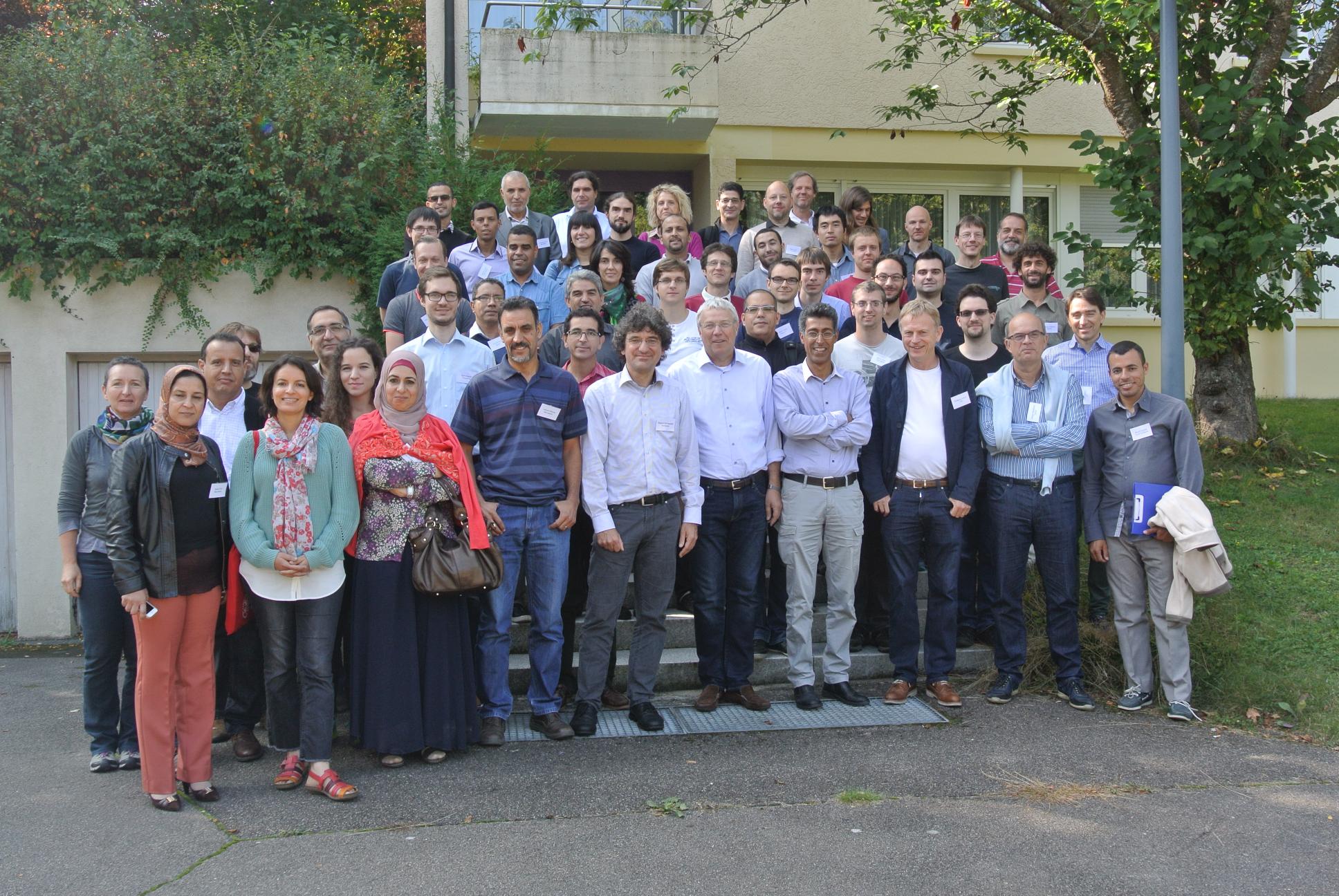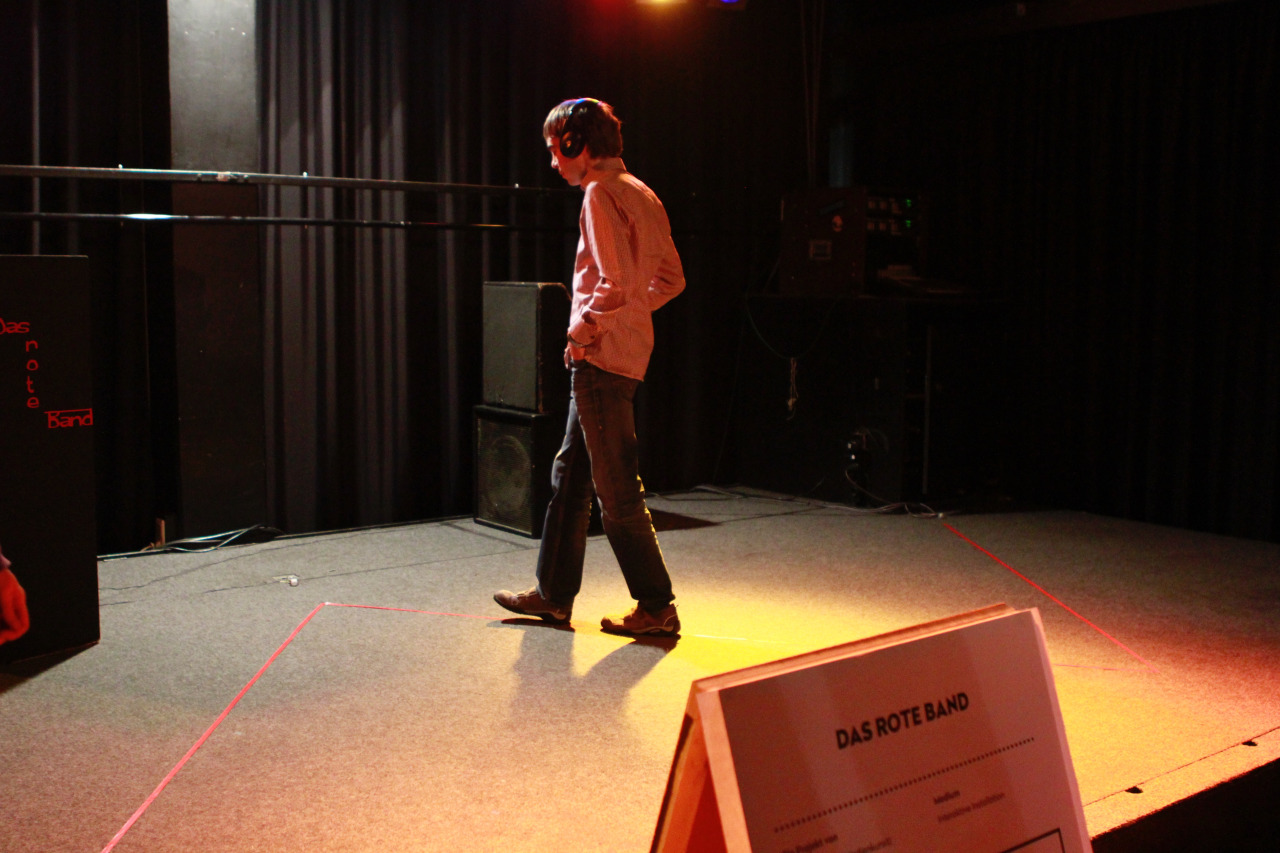From October 12th till October 14th the CRC workshop on Time Integration of PDEs 2016 took place in the Kurhaus Trifels in Annweiler, close to the castle Trifels. The about 20 participants informed each other by giving talks on their latest results of their research. The main topics were Krylov methods, highly oscillatory problems, alternating direction implicit methods as well as locally explicit and implicit time integration. The breaks between the sessions were used for many fruitful discussions and exchanges of ideas and also for doing undisturbed research in pairs or small groups. The wheather was well-disposed to us, which we used for a beautiful hiking tour on Thursday afternoon. The productive workshop ended with a project discussion on Friday afternoon.

Conference photo of the CRC workshop “Time integration of PDEs 2016” in Annweiler.



